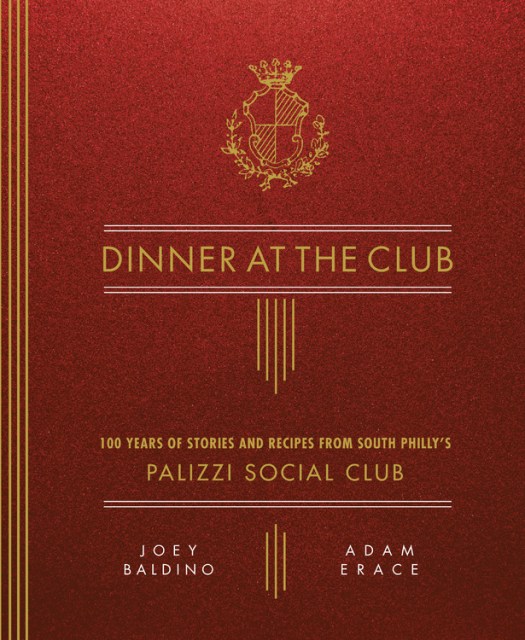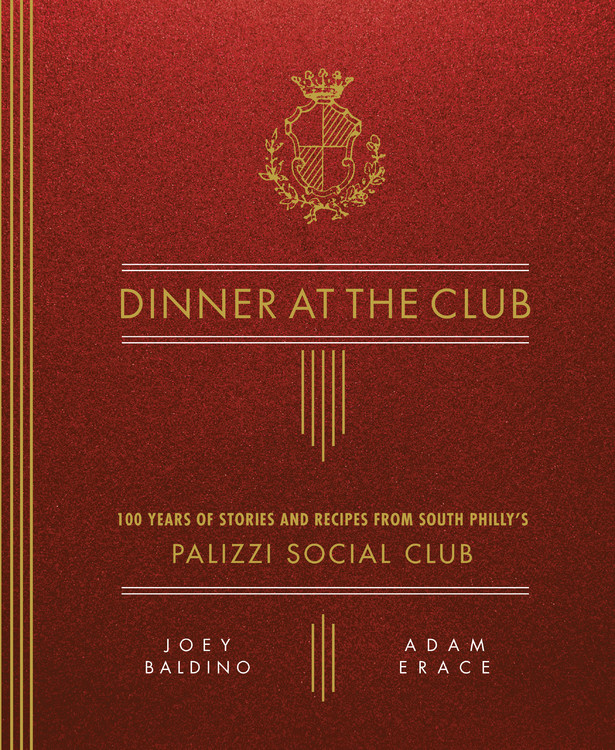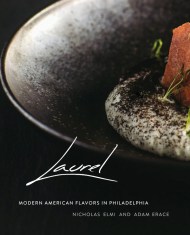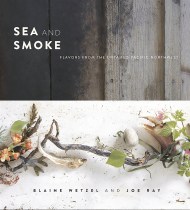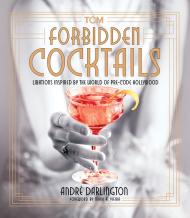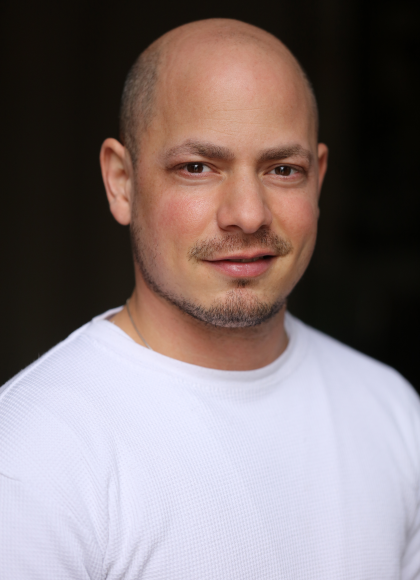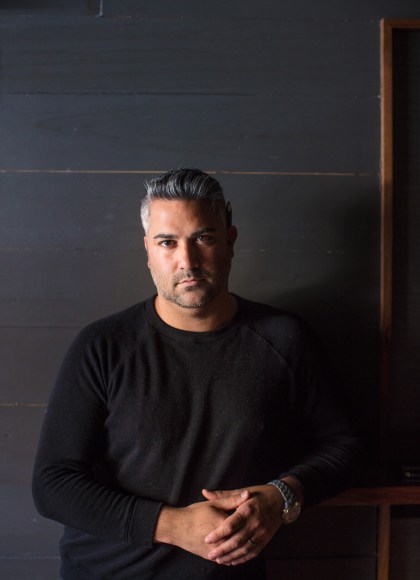Promotion
Use code FALL24 for 20% off sitewide!
Dinner at the Club
100 Years of Stories and Recipes from South Philly's Palizzi Social Club
Contributors
By Joey Baldino
By Adam Erace
Formats and Prices
Price
$35.00Price
$44.00 CADFormat
Format:
- Hardcover $35.00 $44.00 CAD
- ebook $16.99 $21.99 CAD
This item is a preorder. Your payment method will be charged immediately, and the product is expected to ship on or around October 29, 2019. This date is subject to change due to shipping delays beyond our control.
Also available from:
A Special Invitation to a Delicious Members-Only Experience
A hard-to-get reservation is prized among serious restaurant-goers, but a table limited to members only seems to be the Philadelphia diner’s Holy Grail. Palizzi Social Club is 100 years old this year in South Philly, but it was after chef Joey Baldino took over from his late uncle Ernie that business really started to boom.
Palizzi has mastered the balance of old-school Italian kitsch and super-high-quality food and cocktails. Once a gathering place for the Abruzzi-American community, Palizzi Social Club is a current hot spot: members can take up to three guests, and if the light is on outside, they’re open. In 2017, Palizzi was named Bon Appetit‘s #4 Best New Restaurant, Esquire‘s honorable mention best new restaurant, and Eater Philly’s #1 restaurant of the year.
Chef Joey’s menu at Palizzi has a broad Southern Italian scope. Seventy adaptable, accessible recipes throughout include dishes like:- Fennel and Orange Salad
- Arancini with Ragu and Peas
- Spaghetti with Crabs
- Stromboli
- Hazelnut Torrone
Come on in, and join the club.
-
"Joey Baldino cooks from his heart, without pretense, and in celebration of those who ate, drank, and communed at the club before him. Dinner at the Club brings to life the richness and magic of Italian-American South Philly, and the collection of winning recipes will coax all who enter your home kitchen to 'eat a lot, drink more, and mostly: be social.'"Danny Meyer, restaurateur and CEO of Union Square Hospitality Group
-
"Palizzi Social Club is a South Philly institution and a national destination: old school, authentic, and with food any Italian grandmother would co-sign on. You also need to be member to get in, which means that most people will never see it. That's why I'm thrilled this book exists. It lets everyone, at least for a moment, bask in the glory of the place."Questlove, musician with The Roots
-
"Dinner At The Club is a peek into a true relic of Philadelphia history, the Palizzi Social Club. With beautiful stories and delicious recipes, this book preserves the memory and celebrates the heart of Italian culture in the city and transports you to a dinner at the club."Marcus Samuelsson, Award-Winning Chef, Restaurateur, andCo-Owner of the Red Rooster Harlem
-
"Old-world flavors and heartfelt presentation make for a delicious mix in this rare look inside a South Philly institution."-Publishers Weekly starred review
-
"This book is gold."-EatYourBooks
- On Sale
- Oct 29, 2019
- Page Count
- 240 pages
- Publisher
- Running Press
- ISBN-13
- 9780762493869
Newsletter Signup
By clicking ‘Sign Up,’ I acknowledge that I have read and agree to Hachette Book Group’s Privacy Policy and Terms of Use
